Composing wedding invitations involves complex-and beautiful-etiquette guidelines. We RSVP to your urgent questions.
By: Diane Forden
General Rules for Addressing the Invites
Q: I’ve heard so many different rules about addressing wedding invitations that I can’t get it straight. It seems so confusing. Where do I begin? —Louisville, Kentucky
A: You’re right—addressing wedding invitations can seem a bit confusing, but the rules are relatively simple for most of the people on your guest list. Spell out titles and degrees (“Doctor”), and always use “Mr. and Mrs.” for married couples. If a couple is unmarried but living together, or is married but uses different last names, put their names on separate lines in alphabetical order. (Unmarried couples who do not live together should receive two separate invitations.) And, if a guest is in the military, the title of an officer whose rank is equal to or higher than a captain in the army or a lieutenant in the navy is placed next to his or her name with the branch of service below. You should also include titles for retired high-ranking officers, inserting (Ret.) after their names. And the branch of service should always be listed below the names of reserve officers on active duty, noncommissioned officers and enlisted persons.
As for children, it is unnecessary to include their names on the outer envelope of a wedding invitation. Instead, list them on the inner envelope with their parents (“Mr. and Mrs. O’Brien and Peter”). The absence of a child’s name altogether implies that he or she is not invited. However, many guests may not realize this and assume their children are invited. If you don’t want kids to come, be sure to spread the word that you can only accommodate adults at your reception, and do not leave a space with “Number of guests” to be filled in.
Finally, inner envelopes should be addressed to “Mr. and Mrs. Markham” without first names or addresses. Close relatives can be addressed as “Aunt Sue” or “Grandmother Smith” on the inner envelope only. And if a single person is invited with an unspecified guest, add “and Guest” to the inner envelope to indicate that he or she may bring a date (however, it’s always preferable to send an individual invitation to someone’s guest if you know who the guest will be).
Pre-Printed Labels
Q: Instead of writing addresses by hand on the envelope, is it okay to use preprinted labels? —Goshen, Connecticut
A: As much as it would seem more efficient and less labor-intensive, using pre-printed address labels on your wedding invitations is not recommended. Your invitation is a reflection of your personal style and how you view your wedding. According to Mary Mitchell, spokesperson for stationery giant Crane & Co., 'The invitation sets the tone for your wedding at the very beginning and is just as important a detail as your flowers, decor and menu. Hand-written envelopes indicate that you care to make your wedding a truly memorable occasion.' The message you send with pre-printed labels? 'Let’s just get this over with!' So take the time to write out names and addresses. Why not try your hand at calligraphy or hire someone to do it for you? Make addressing your invitations an opportunity for a fun get-together rather than a chore. Ask your fiancé, bridesmaids, mom or other family members and friends for some help (don’t try to do it all yourself). You’ll discover that your guests will not only appreciate the time taken but will also regard your wedding as the special event you want it to be.
Addressing a Widow or Divorced Woman
Q: When addressing a wedding invitation to a widow or a divorced woman, should I use her former husband's first name or her first name? And is it okay to put 'and Guest' on an invitation? —Newburgh, New York
A: When addressing an invitation to a widow, it is appropriate to use either her deceased husband's first name (Mrs. John Jones) or her own first name (Mrs. Kathleen Jones).
When you are addressing invitations to a divorced woman, however, do not use her former husband's name. Many women keep their ex-husband's last names, but others revert to their own maiden names, so it would be wise to ask someone close to her which name she prefers.
Finally, it is appropriate to include the working 'and Guest' only if you're not sure.
Guests with Special Degrees
Q: We have invited a judge, several lawyers and a university professor to our wedding. Is there a special way to address them on the invitations? —Boston, Massachusetts
A: Yes, guests with special degrees should be addressed as such. For a judge, write The Honorable Susan Smith on the outer envelope and Judge Smith on the inner envelope. An attorney’s invitation may be addressed to either Martin Hall, Esq., or—as you would your other guests—Mr. Martin Hall. On the inner envelope simply write Mr. Hall. The outer envelope of a professor’s invitation may be addressed to Jean Kelly, Ph.D. or Professor Jean Kelly. On the inner envelope, write either Dr. Kelly or Professor Kelly.
Q: What is the correct way to address an invitation to a couple when the wife holds a Ph.D.? —Westfield, New Jersey
A: The outer envelope should have her name on the first line and her husband’s on the second line and is addressed as such:
Dr. Jean Kelly
Mr. Bradley Kelly
358 Birch Drive
Roselle, New Jersey 07078
The inner envelope does not include first names or addresses and simply reads: Dr. Kelly and Mr. Kelly.
Email Invitations
Q: We would like to send out wedding invitations by email to save on costs, plus it’s “greener.” Is this acceptable or should we stick with paper? —New York, New York
A: As tempting as it is to do everything electronically these days, wedding invitations should still be sent the traditional way. After all, with e-mails inundating computers and BlackBerrys on a daily basis, an invitation received through the mail will make it that much more special—a better way to set the tone for your wedding. You can customize your invites however you want and keep costs down by forgoing tissues and multiple inserts. I suggest opting for thermography; it resembles more expensive engraved lettering but costs about 20 percent less, or offset printing, which is super affordable at about $1.50 apiece. As for keeping it green, there are many eco-friendly stationers who use soy ink and recycled paper or non-tree materials like cotton or bamboo. Oblation Papers & Press, oblationpapers.com, Twisted Limb Paperworks, twistedlimbpaper.com and Smock, smockpaper.com are just a few to consider. So mail your wedding invitations and then use the Internet for setting up your website to keep guests informed about other details like location specifics and directions.
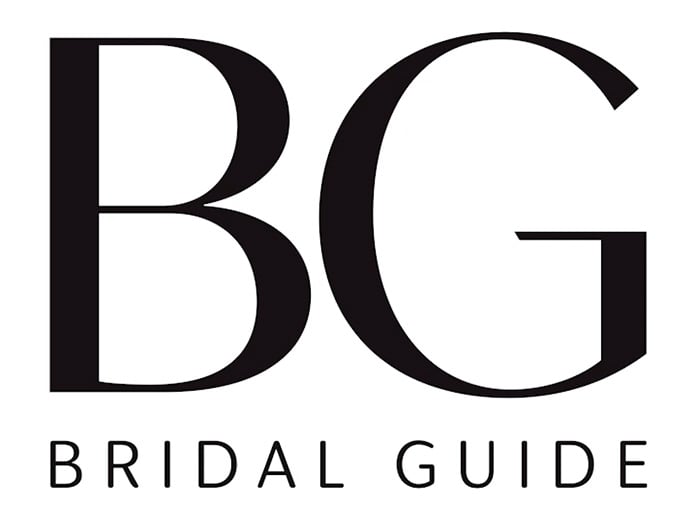
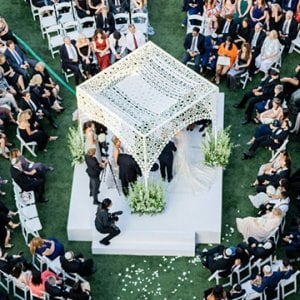
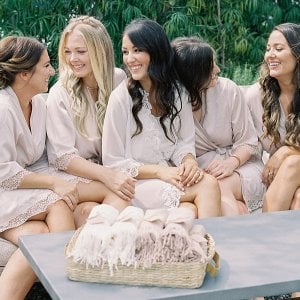
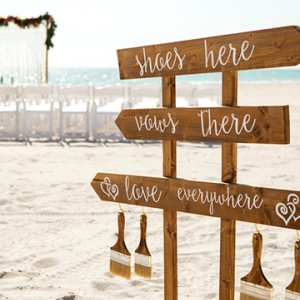
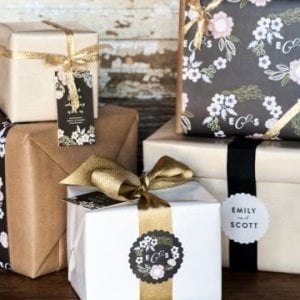


Comments
Sweetluani replied on Permalink
Magnets included in invitations